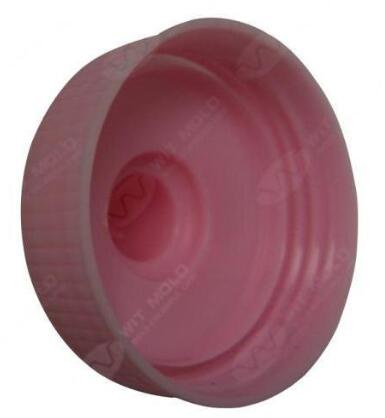Unscrewing Mold 101: Guide to Working, Importance, and Types
Unscrewing molds are a crucial component in the plastic injection molding industry, particularly when it comes to manufacturing threaded parts. These molds enable the production of high-quality threaded components with precision and efficiency. This article provides a comprehensive guide to the working principles, importance, and various types of unscrewing molds.

How Unscrewing Molds Work
Unscrewing molds are designed to create threaded plastic parts through an intricate molding process. Unlike standard molds, which simply open and eject the part, unscrewing molds have a unique mechanism to handle threaded components. Here’s a step-by-step overview of how they work:
ㆍInjection Phase: Molten plastic is injected into the mold cavity, filling it completely, including the threaded section.
ㆍCooling Phase: The plastic is allowed to cool and solidify within the mold.
ㆍUnscrewing Mechanism Activation: Once the plastic has cooled, the unscrewing mechanism is activated. This can be mechanical, hydraulic, or motor-driven, depending on the mold design.
ㆍThreaded Core Rotation: The core of the mold, which forms the threaded part of the component, begins to rotate. This rotation unscrews the newly formed plastic thread from the mold cavity.
ㆍEjection Phase: After the threaded core has completely unscrewed, the mold opens, and the part is ejected.
This process ensures that the threaded parts are not damaged during ejection, maintaining their integrity and functionality.
Importance of Unscrewing Molds
The importance of unscrewing molds in manufacturing cannot be overstated. Here are some key reasons why they are essential:
Precision and Accuracy: Unscrewing molds allow for the precise production of threaded parts, ensuring consistency and accuracy in every component.
ㆍEfficiency: These molds streamline the production process for threaded components, reducing the time and effort required compared to manual threading.
ㆍQuality Assurance: By using unscrewing molds, manufacturers can produce parts with high-quality threads that meet stringent standards, reducing the likelihood of defects.
ㆍCost-Effectiveness: While the initial investment in unscrewing molds may be higher, the efficiency and reduction in labor costs make them a cost-effective solution in the long run.
ㆍVersatility: Unscrewing molds can be used to produce a wide range of threaded components, making them versatile tools in various industries, from automotive to consumer goods.
Types of Unscrewing Molds
There are several types of unscrewing molds, each designed to meet specific production needs. The main types include:
ㆍMechanical Unscrewing Molds
Mechanical unscrewing molds use a system of gears, cams, and racks to rotate the threaded core. This type of mold is often preferred for its simplicity and reliability. The mechanical components are typically integrated into the mold base, making them durable and easy to maintain.
ㆍHydraulic Unscrewing Molds
Hydraulic unscrewing molds employ hydraulic cylinders to drive the rotation of the threaded core. These molds are highly effective for producing large, heavy-threaded components. The hydraulic system provides powerful and precise control over the unscrewing process, ensuring smooth and accurate thread formation.
ㆍMotor-Driven Unscrewing Molds
Motor-driven unscrewing molds use electric motors to rotate the threaded core. These molds offer high precision and are particularly suitable for complex and fine-threaded components. The motors can be programmed for various speeds and rotations, providing flexibility and control in the molding process.
Conclusion
Understanding unscrewing molds is essential for anyone involved in the plastic injection molding industry, especially when producing threaded components. These molds offer precision, efficiency, and high-quality results, making them a valuable asset in manufacturing. By choosing the right type of unscrewing mold—whether mechanical, hydraulic, or motor-driven—manufacturers can optimize their production processes and ensure the integrity of their threaded parts.
If you need more information or assistance in selecting the appropriate unscrewing mold for your needs, please contact us. Our suppliers are ready to provide expert guidance and support to help you achieve the best results in your manufacturing endeavors.




